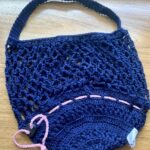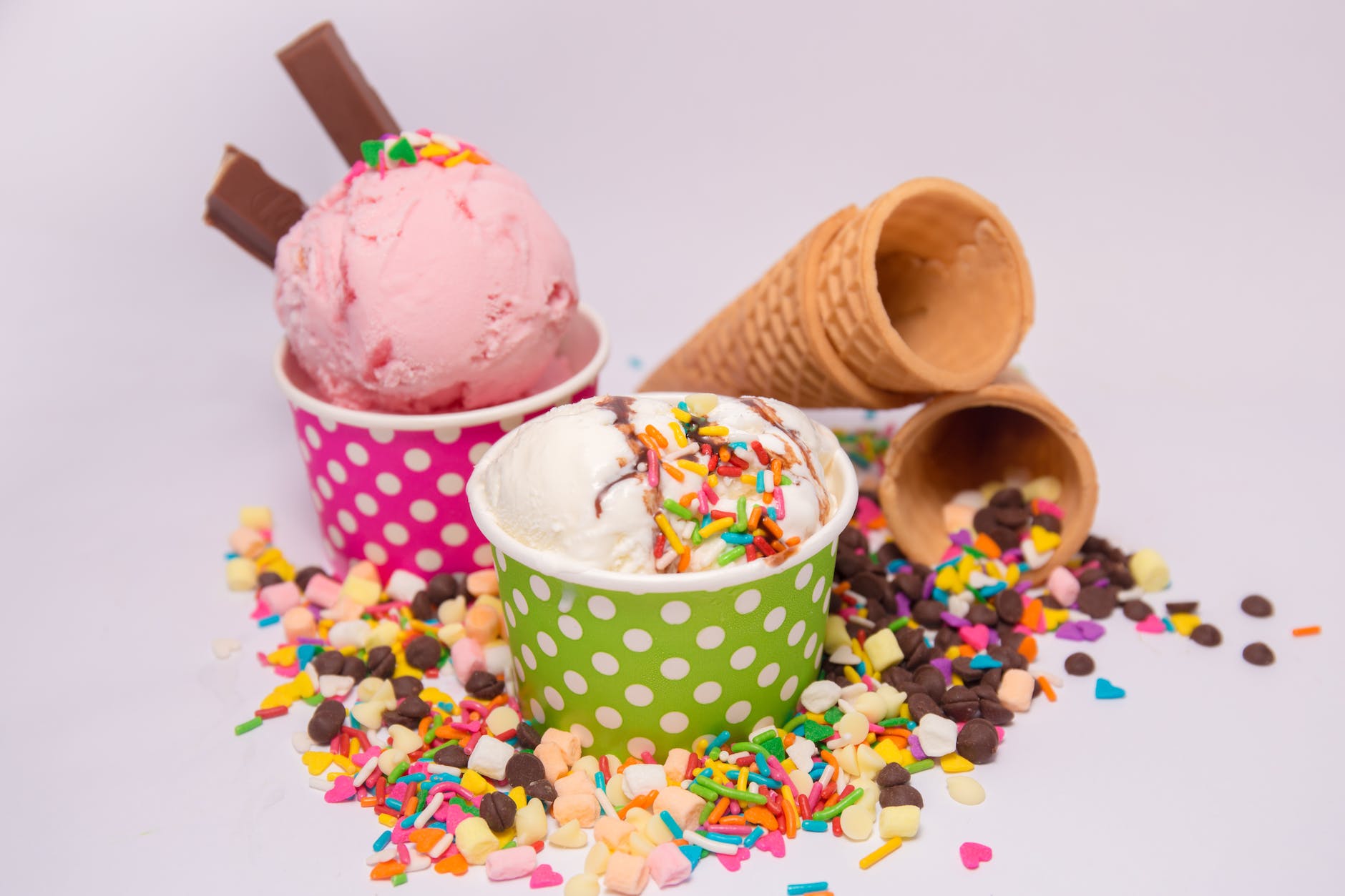Brushing a toddler’s teeth may be one of the hardest things for a parent to do. For one thing, teaching your child the importance of oral hygiene in daily life is not easy. And then another thing is that your toddler might want to take over their life by refusing to remove cavities from their teeth.
Good oral hygiene should start soon after your child’s first tooth comes out. The earlier you start, the easier it is for your child to know that taking good care of their dentures is like the need to pee upon waking up.
Why do kids hate brushing their teeth
Some children hate taking baths, while others hate brushing their teeth. Some love eating healthy meals, while others fancy eating fast food. Children have their own ways of living their lives.
While adults know and understand how bad oral hygiene affects their life, young children still have a lot to learn about their surroundings. Here are some reasons why your toddler hates brushing teeth:
- Afraid it might hurt. Your toddler might be afraid that teeth brushing would hurt as it is something new. Toothpaste would also be a new taste for your child, so do not be alarmed if they might not like it at first.
- Children love to have control over their lives. You might notice that your toddler loves saying “No!” every time. Young children want to know that they have control over their teeth. When you let your toddler have a turn at brushing teeth, she might learn to enjoy the routine.
- Boredom. The oral hygiene routine might be boring for your little one. You can make it more exciting by buying a colorful toothbrush or singing songs while brushing.
There are many ways to make brushing teeth fun for your kids. Try and try until brushing becomes a habit. Your children will soon understand the importance of brushing teeth growing up.
How to brush toddler’s teeth when they refuse
Some children are easy to handle, while some are not good at handling big feelings. If your toddler is the one that refuses to have their teeth brushed, you must be one of the many parents who are stressed out.
What to do if your toddler does not follow the oral hygiene instructions you give? Here are the things you could do so your toddler would get to love cleaning their teeth.
- Model how you brush. Children are the best imitators of time, and do you know who they love imitating the most? You! When you show them how you do your oral hygiene routine (like flossing, brushing, and going to the dentist), they will naturally want to do the same.
- Let them choose their favorite brush. Kids get excited to use things when it is a choice they made. When they see that their toothbrush is their favorite color, you might get them excited to clean their teeth.

- Buy a Tootie-flavored toothpaste. Whenever I applied my toddler’s favorite toothpaste, I noticed that he likes brushing his teeth. He loves the taste of the minty flavor so it gets him to want to remove cavities after meals.
- Let them brush on their own. Toddlers and young kids love to do things like adults do. And when they see us parents brushing our teeth on our own, they also want to do it themselves. Let them brush their teeth before or after you brush theirs, so they think they have control over their oral hygiene.
How long to brush your child’s teeth
When brushing your child’s teeth, it is better to brush for at least two minutes. It is to ensure that you reach every spot to avoid plaque formation. Brush your child’s teeth at least once or twice a day, preferably at night, to ensure that the cavities do not stay long in your child’s teeth.
“But 2 minutes is a long time when brushing a resistant child’s teeth!” What can you do to observe good oral hygiene in young kids?
You can sing their favorite song or play with them while brushing their teeth so they will not notice the time. You can also let your child brush your teeth as you brush theirs. How about dancing while brushing their teeth? (I did this to my toddler, and it was effective!)
When your child loves to eat sweets, it would be helpful to brush their teeth after eating candies. Sweets damage teeth because when sugar combines with saliva, plaque is formed. It would also be better to let your child drink water right after eating sweets to protect them from cavities.
How much toothpaste does a child need
For young children who do not know how to spit out toothpaste, a smear is enough. That small amount is safe to be ingested by your toddler. Once your child has learned how to spit out excess toothpaste, you can increase the amount to pea-size.

A fluoride-free toothpaste is generally safe to swallow. However, fluoride is needed for good oral hygiene. So, if you want to maintain a good denture, make sure to check that your child’s toothpaste contains 1000 ppm fluoride.
When do you take your kid to the dentist for the first time
The best time to bring your child to the dentist is soon after your child’s first tooth has erupted. Why? It gets them accustomed to dentist visits so they would not be afraid when they grow up. People are usually scared of doctors and dentists. The earlier they know that it is best for them, the better it is for you to help them maintain oral health and hygiene.
Conclusion
Oral hygiene is one of the first few things children need to maintain starting at a very young age. As a parent, your role is to model how to maintain a healthy lifestyle so your child would do the same. There are many tips and tricks to ensure your child stays healthy inside and out.
I hope that this article has helped you start your young one’s oral hygiene journey. Did I miss out on any helpful advice? Share your best teeth brushing practices that have helped handle a resistant child in the comments section below.
Meanwhile, why not subscribe to receive newsletters about parenting hacks? Enjoy parenthood! 🙂














2 thoughts on “How to Teach Oral Hygiene to Young Kids”